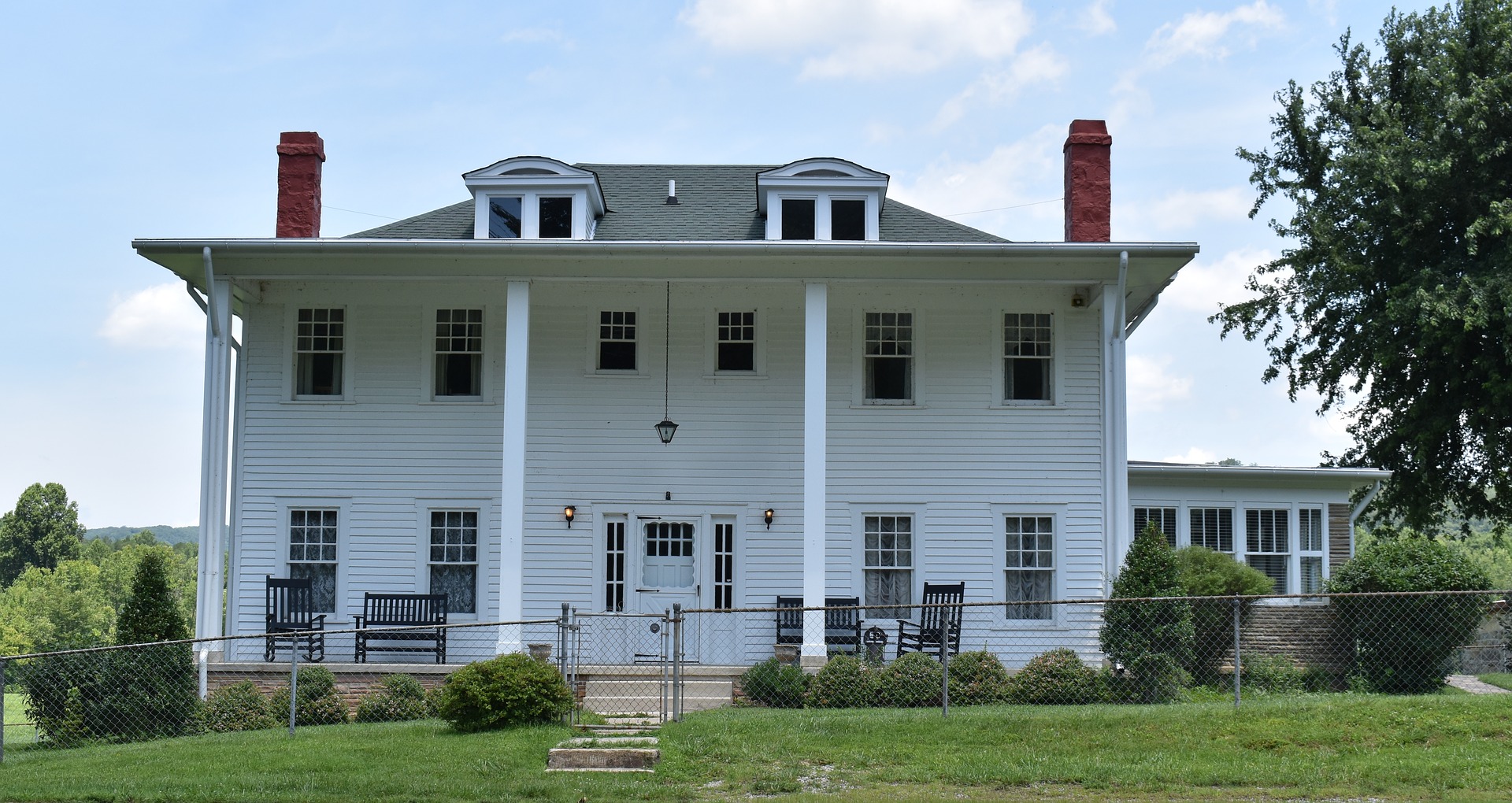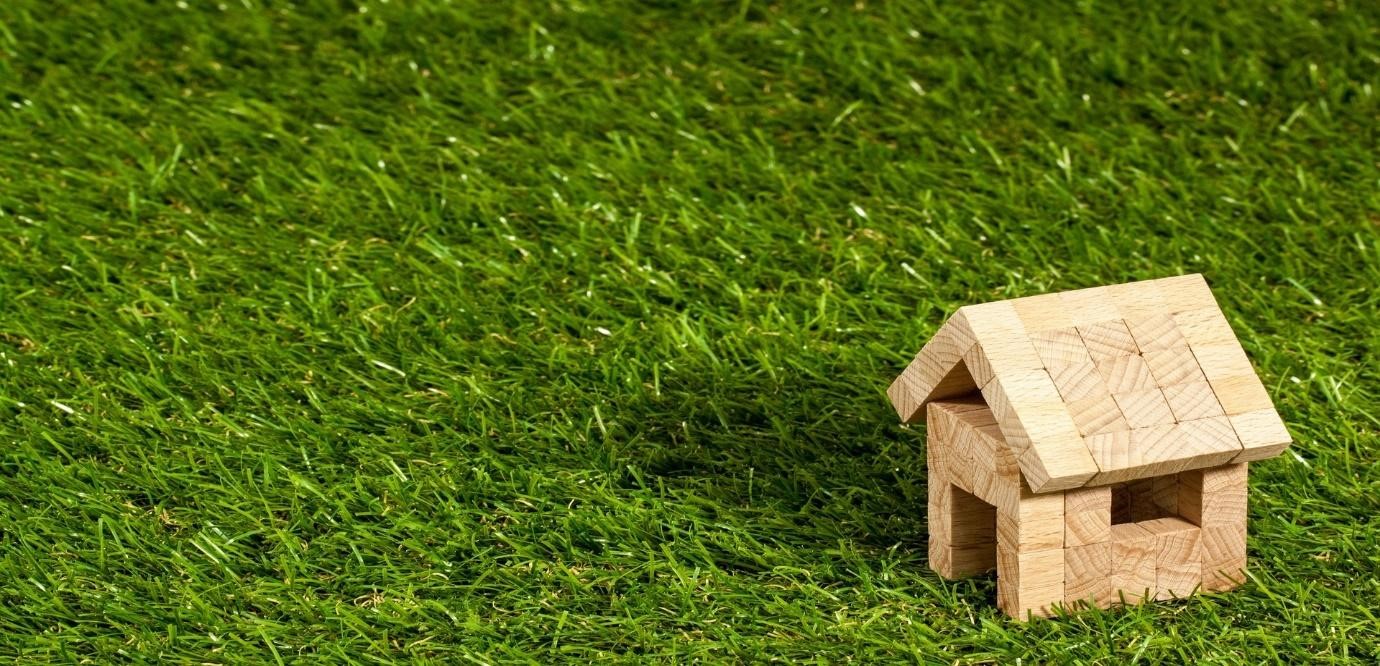FNB leading analyst Josephat Nambashu says that the housing demand is suffering. There is not much demand from buyers and when a property sells, it sells on average 98 percent below its asking price.
The country’s residential property market changed from a seller’s market to a buyer’s market. Price growth dropped almost everywhere except for the coastal market.
Mortgage advances have decelerated and Nambashu is expecting property prices to decelerate even further. He says that based on their estimates, property price growth is expected to decelerate to 6 per cent in 2017 and then improve to 7.8 per cent during 2018 following to a mild economic recovery.
The expected deleveraging will keep price movements under control even if there are possible downside risks from the mass housing programme. There are 1,942 mass housing units ready for occupation and another 4,012 are currently under construction.
Nambasu says, “As the economy gradually recovers, growth opportunities remain limited to the primary sectors, where mining and agriculture are rebounding from poor performances last year. However, employment and income growth is still constrained and, coupled with low consumer and business confidence, weighing on housing demand.”
The most recent Knight Frank quarterly report shows that global house prices increased by 5.6 per cent for the year to June. Iceland is at the top with a property price growth of 23.2 per cent. Followed Hong Kong with 21.1 per cent and Malta with 14.6 per cent.
By FNB calculation, Namibia should be on 24th position, above Slovenia and 3 spots above South Africa.
The central market saw the average residential properties nominal value jumping 9 per cent in June compared to the previous year. The average price in the capital is now N$1,588,000. This is 9.1 per cent up. In Okahandja the volume of property transactions increased by 8.9 per cent. Thanks to the construction boom in that area, the average price decrease of 1.5 percent over the last year.
There is a continued growth in the coastal market. Awakopmund and Walvis Bay both grew by 22 per cent on an annual basis.
Southern property prices increased by 15 per cent through June. The market is mainly active in small to medium segments, which saw a growth of 16.2 and 29.4 per cent respectively.
House prices in the Northern market fell for the third consecutive year. Oshakati saw a fall of 29.6 per cent and Rundu by 20.5 per cent. This had a huge impact on the overall picture in the Northern region.


